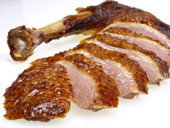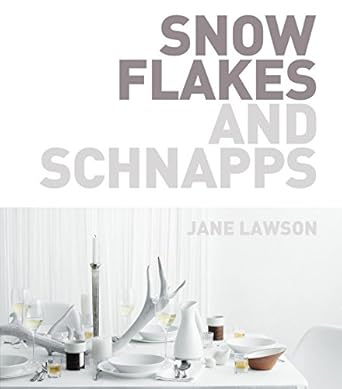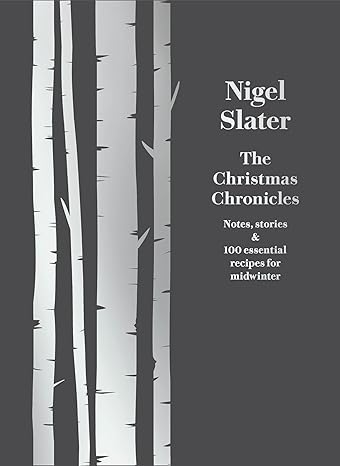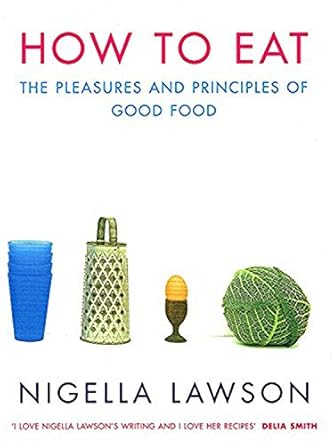Goose

NUTRITION
The fat content of goose is higher than poultry and most other game birds (but comparable to, or less than, many cuts of beef or lamb). It is a good source of protein and iron.EAT GOOSE
Before being usurped by turkey, goose was the preferred choice for the Christmas lunch table in England and has made a bit of a comeback in recent years. Goose meat is richer and darker than turkey. It has a higher fat content, but a lot of the fat melts away during cooking leaving deliciously tasty and succulent meat.
Although not cheap, goose makes a wonderful treat for any special meal. In addition the goose fat collected during cooking makes the best roast potatoes and is almost worth the entrance price alone.
HISTORY
Geese were bred in ancient Egypt and goose liver was esteemed by the Romans. Goose has long been important in French cuisine where it plays a key part in traditional dishes such as cassoulet, confit d'oie and foie gras. It is now eaten widely in Europe and Asia, especially China.
BIOLOGY
The common domesticated goose is a descendant of the greylag goose (Anser anser) still found in the wild in Ireland, western Scotland and some other parts of Europe. Goose is the name for the female bird, the male being a gander.
TIPS
BUYING
Fresh geese are available from specialist suppliers and quality butchers.
You may need to order in advance, particularly around Christmas. Geese
are quite big-boned; choose a larger bird than you would a chicken
(allow at least 750g per person).
Choose plump-looking free-range birds.
STORING
Keep refrigerated, giblets removed, for up to 2 or 3 days.
PREPARING
Scoop out any excess fat from the cavity and put aside for roasting potatoes.
Rinse the goose inside and out and pat well dry. Prick the skin to enable
the fat to be released during cooking (try not to pierce the flesh) and
rub the skin with salt and pepper.
Place breast side up on a rack over a roasting pan. Roast at 220°C for 30 minutes followed by around 2½ to 3½ hours (depending on size) at 180°C. Baste the goose every 20 to 30 minutes and remove the fat that accumulates in the pan or it will smoke furiously (the fat can be stored in the fridge a few months , or frozen). If parts of the goose seem to be browning too quickly, wrap them in foil.
The goose is cooked when a skewer in the thickest part of the thigh reveals clear juices (the flesh may still be slightly pink). Remove from the oven, cover with foil and rest for 15 minutes or so before carving.
IN OUR FAVOURITE BOOKS
To support site running costs, we participate in the Amazon affiliates scheme and book links take you to the relevant Amazon page.
 Includes a recipe for
Includes a recipe for Roast goose with apple cider vinegar gravy and golden potatoes
 Includes a recipe for
Includes a recipe for Roast goose, apple sauce, lemon potato stuffing and Marsala gravy
 Includes a recipe for
Includes a recipe for Christmas Eve goose


